Golestan Palace | A Journey through History
The Golestan Palace, a UNESCO World Heritage Site, reflects Iran's rich history, culture, and art.
Located in Tehran's historical center, this captivating complex attracts visitors from around the globe, eager to experience its beauty, architectural splendor, and historical significance.
Registered as a national monument in 1955 and inscribed on the UNESCO World Heritage List in 2013, the palace complex comprises various structures built over centuries, each reflecting the artistic and architectural styles of its era. Notably, the Qajar dynasty (1789-1925) played a pivotal role in shaping the palace's present form, using it as their official residence and a venue for significant historical events.
Beyond its aesthetic appeal, the Golestan Palace in Tehran holds immense historical value. Witness to pivotal moments in Iran's past, the complex serves as a living document, offering insights into the nation's cultural and political evolution.
Golestan Palace History

The roots of Golestan Palace stretch back to the 15th century, with evidence suggesting its foundation during the reign of Shah Tahmasp I of the Safavid dynasty. During this period, Tehran's arg ("citadel") was constructed, later serving as the base for further development.
Abbas the Great, another Safavid ruler, further embellished the area by creating a vast garden, enclosed by a high wall and adorned with various buildings, including a royal residence. While Tehran occasionally hosted the Safavid court, the palace itself underwent renovations under the subsequent Zand dynasty led by Karim Khan.
A pivotal moment arrived in the late 18th century with Agha Mohammad Khan, founder of the Qajar dynasty, selecting Tehran as his capital. Consequently, the arg became the seat of the Qajars, with the court and Golestan Palace assuming the role of the official royal residence. The current form of the palace, however, owes its existence to Haji Ab ol Hasan Mimar Navai who oversaw its reconstruction in 1865.
The 20th century witnessed a shift in the palace's usage. During the Pahlavi era, Golestan Palace transitioned to hosting formal royal receptions, while the Pahlavi dynasty established their own residence, the Niavaran Complex. This period also saw the palace hold significant ceremonies, including the coronations of both Reza Shah (King Reza) and Mohammad Reza Shah (King Mohammad Reza) Pahlavi.
However, the 1920s also brought a period of demolition, ordered by Reza Shah. Believing the aging Qajar structures hindered the city's modernization, he authorized the destruction of a substantial portion of the complex. These demolished areas were later replaced with modern commercial buildings reflecting the architectural styles of the mid-20th century.
| Related: Abyaz Palace
Design and Architecture of Golestan Palace

The Golestan Palace complex, with a history stretching back four centuries, boasts a captivating fusion of Iranian and European architectural styles. Originally rooted in traditional Iranian design, the complex underwent transformations influenced by commercial, political, and cultural ties with European nations. This unique blend of Eastern and Western aesthetics continues to enthrall visitors.
| Discover: Top Tehran Palaces
Encompassing an area of over 4.5 hectares, the complex now only represents approximately one-tenth of its original size.
Beyond the captivating exterior, the palace's interiors captivate viewers with breathtaking mirrorwork, particularly evident in the Hall of Mirrors, which took over seven years to adorn. The gilded decorations adorning the stonework of Shams-ol-Emareh and the Marble Throne further exemplify the artistry of Qajar-era goldsmiths. These details, often featuring metal sheets, showcase the meticulous attention to detail and focus on durability that elevate the palace's value.
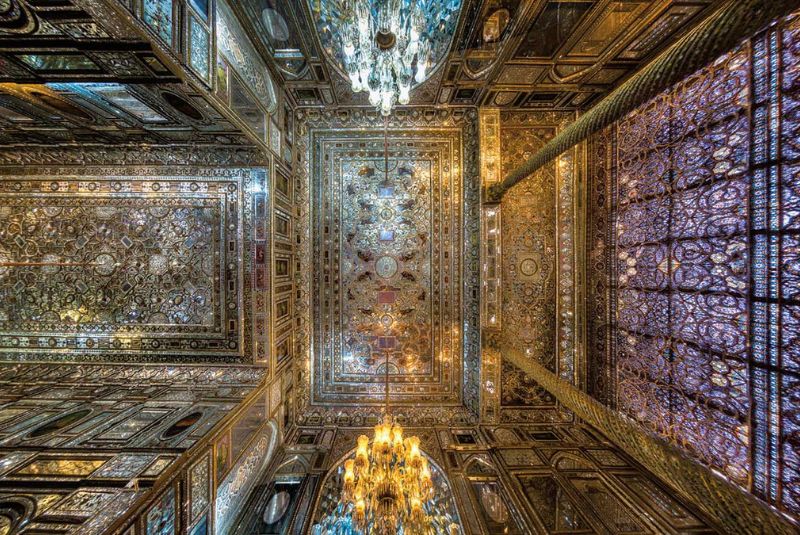
Golestan Palace tiles are one of the palace's most striking features, showcasing diverse themes ranging from mythology to historical events and portraits. These intricate designs reveal the influence of expanding ties with the Western world, evident in the use of techniques like visible volume, shading, and naturalism, alongside traditional Iranian illustration methods.
Nasser al-Din Shah's travels to Europe further shaped the palace's design. His experiences inspired the incorporation of European architectural elements, particularly evident in the Shams-ol-Emareh mansion, which seamlessly blends Western architectural principles with classical ornamentation.
| Read more: Persian Architecture
Golestan Palace Interior Marvels
The Golestan Palace boasts a captivating array of buildings, each showcasing unique architectural styles and historical significance. Here's a glimpse into some of the most notable:
Marble Throne (Takht-e Marmar)

Built in 1806 by Fath Ali Shah, this spectacular terrace is adorned with intricate details like marble carvings, woodcarvings, enamel, mirrors, stucco, tile work, lattice windows, paintings, and the finest elements of Iranian craftsmanship. The throne itself, crafted from yellow marble, served as a stage for coronations and formal court ceremonies until the reign of Reza Shah of the Pahlavi dynasty in 1925.
Karim Khani Nook (Khalvat e Karim Khani)
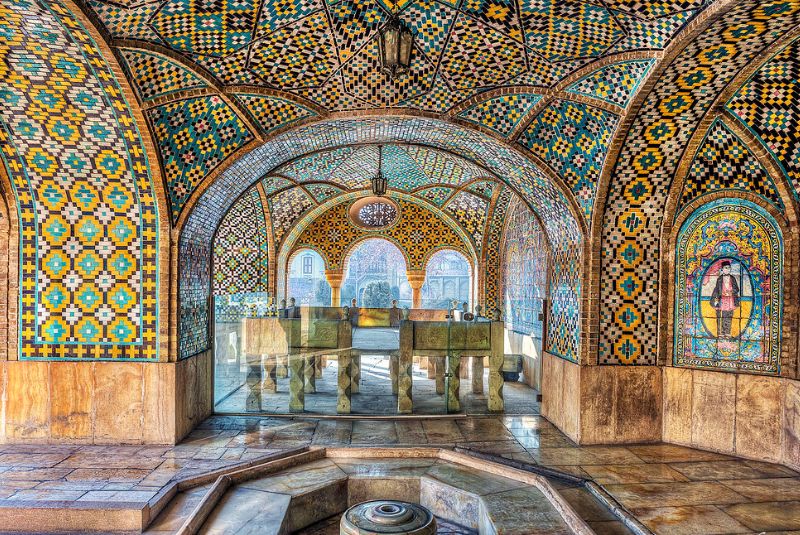
Dating back to 1759, this structure reflects the architectural style of the Marble Throne, featuring a terrace and a smaller marble throne. Once housing a small fountain and pond, it is believed to have been a place of reflection and leisure for Karim Khan of the Zand dynasty. Notably, the tomb of Nasser al-Din Shah now resides within this nook.
| Suggestion: Saad Abad Historical Complex
Pond House (Howz Khaneh)
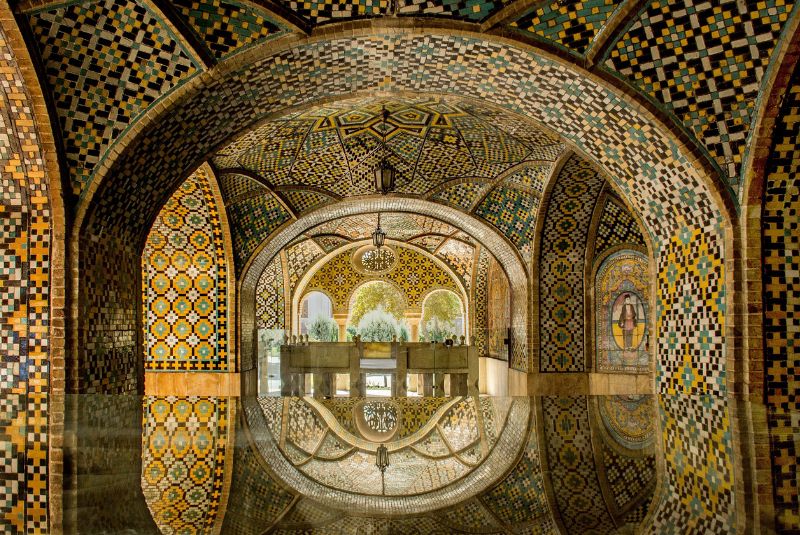
This building served as a summer chamber during the Qajar era, utilizing a unique cooling system that channeled water from subterranean streams through the chambers. Today, the system remains inactive due to concerns about humidity.
Museum of Anthropology (White Palace)

Gifted to the Qajar family by the Ottoman king Sultan Abdul Hamid, the White Palace now houses the Anthropology Museum. This magnificent building stores a collection of art and precious treasures, including Louis XVI's steel sofas, velvet curtains, bronze and gold statues, and Turkish carpets. Interestingly, the palace was built specifically to house these gifts. Later, during the reign of Reza Shah Pahlavi, the building was transformed into a museum showcasing Iranian life and culture. Experts collected artifacts from various regions of Iran to represent the country's diverse heritage.
| Read more: Masoudieh Mansion in Tehran
Brilliant Hall (Talar e Brelian)

True to its name, this hall dazzles with its extensive mirrorwork, replacing an earlier hall damaged by moisture. Notably, an oil painting by Yahya Khan depicts the hall's decorations before renovations by Mozaffar al-Din Shah.
Utensil Hall (Talar e Zoruf)
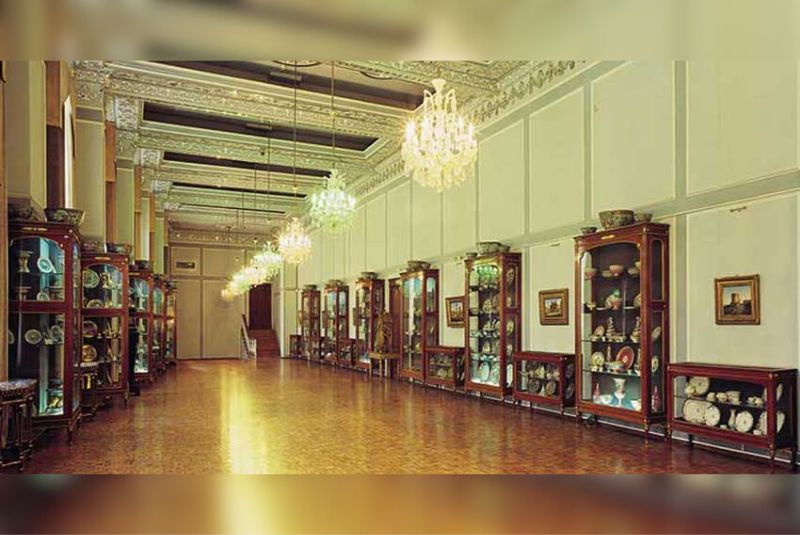
Housing a collection of exquisite chinaware gifted to the Qajar kings by European monarchs, this hall showcases exceptional pieces like those dedicated by Queen Victoria, Napoleon Bonaparte, Wilhelm II, and Nicholas I of Russia.
| Also read: Chehel Sotoun Palace
Ivory Hall (Talar e Adj)
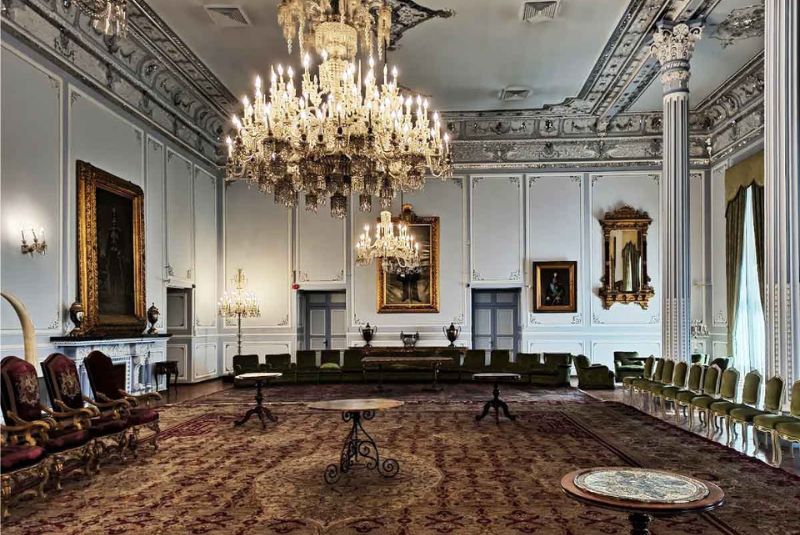
Originally built as the Narenjestan, this large hall served as a dining room and is adorned with gifts presented to Nasser al-Din Shah by European rulers.
Mirror Hall (Talar e Aineh)

Arguably the most famous hall of the palace, the Mirror Hall is renowned for its breathtaking and intricate mirrorwork, designed by Haj Abd-ol-Hossein Memar Bashi and Yahya Khan.
Salam Hall (Talar e Salam)
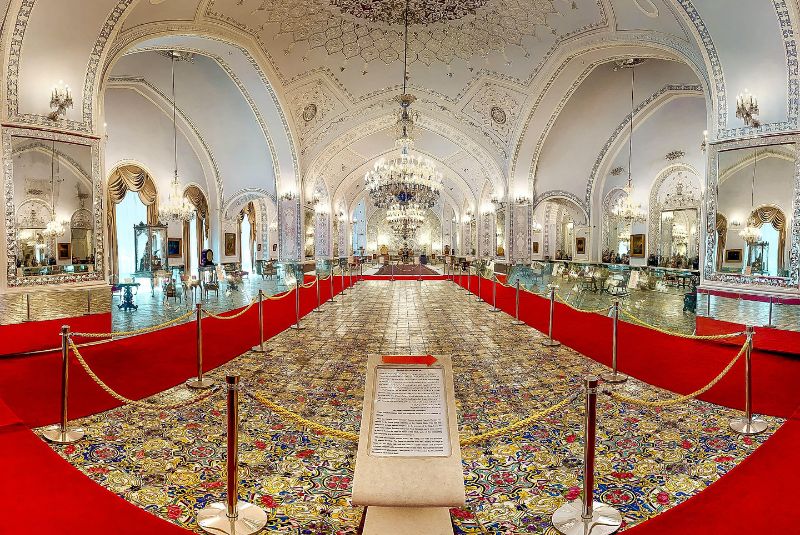
Originally conceived as a museum, this hall now hosts special receptions. It features exquisite mirrorwork, plaster moldings, and mosaic floors, and once housed royal jewels and paintings before their relocation to other museums.
| Discover: Ali Qapu Palace
Diamond Hall (Talar e Almas)
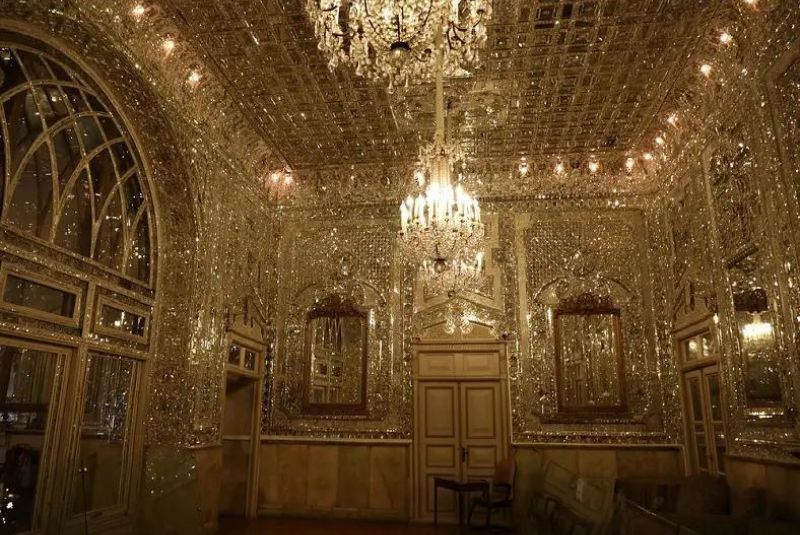
Named for its exceptional mirrorwork, the Diamond Hall dates back to the reign of Fath Ali Shah. Renovated by Nasser al-Din Shah, the hall now displays art and handicrafts from the former's era.
Edifice of Windcatchers (Emarat e Badgir)
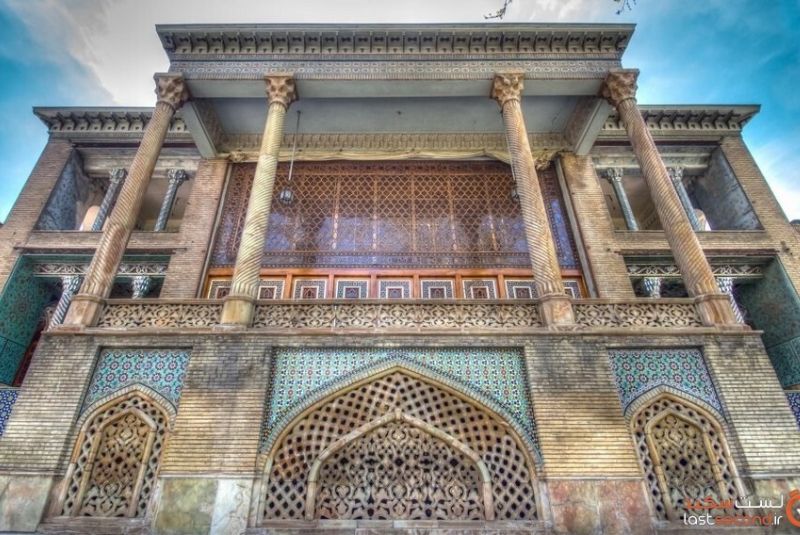
Constructed during Fath Ali Shah's reign and significantly renovated under Nasser al-Din Shah, this building features windcatchers adorned with glazed tiles and a golden cupola. The central room boasts the palace's most beautiful stained glass window.
| Discover: Isfahan Historical Palaces
Edifice of the Sun (Shams ol Emareh)

Considered the most stunning structure in the palace, the Edifice of the Sun features two identical towers, intricate tilework, and ornate windows. Built by Moayer-ol-Mamalek in the 1860s, it was designed to offer panoramic views of the city.
Museum of Gifts (Muze-ye Hadaya)
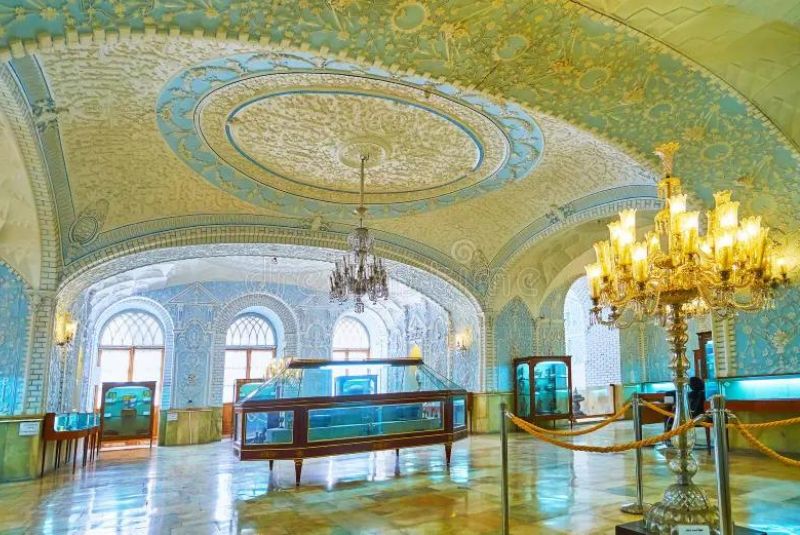
Located beneath the Salam Hall, this museum houses a collection of rare objects, including the helmet of King Ismail I, the bow and arrows of King Nader, and the crown of Agha Mohammad Khan.
Abyaz Palace (Kahk-e- Abyaz)
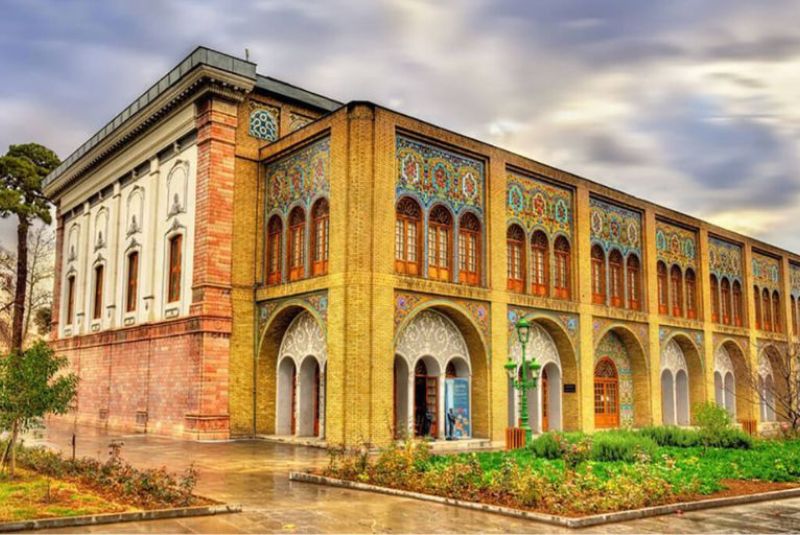
Built to showcase precious gifts received from the Ottoman Sultan Abdul Hamid, the Abyaz Palace now houses an interesting ethnological museum showcasing traditional Iranian costumes and folk art.
Museum Hall (Talar-e Muze)
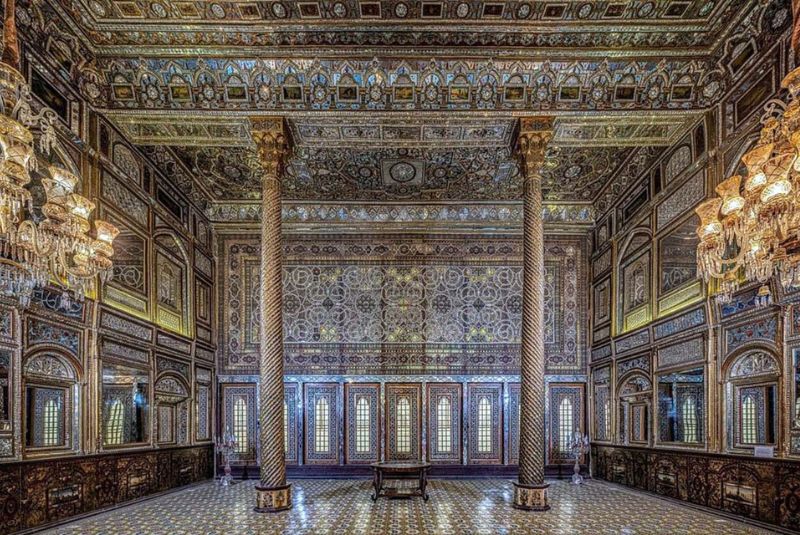
Established by Nasser al-Din Shah after his European travels, the Museum Hall originally exhibited paintings, royal jewels, and other artifacts. Today, the hall houses a collection of European paintings in the Pond House and works of Iranian painters in the Picture House.
| Suggestion: Persepolis | The Great Ancient Persian Capital
Picture House
This building displays the evolution of Iranian painting during the Qajar era, showcasing works of both early and later masters in separate sections.
Photographic Archive (Akskhaneh)
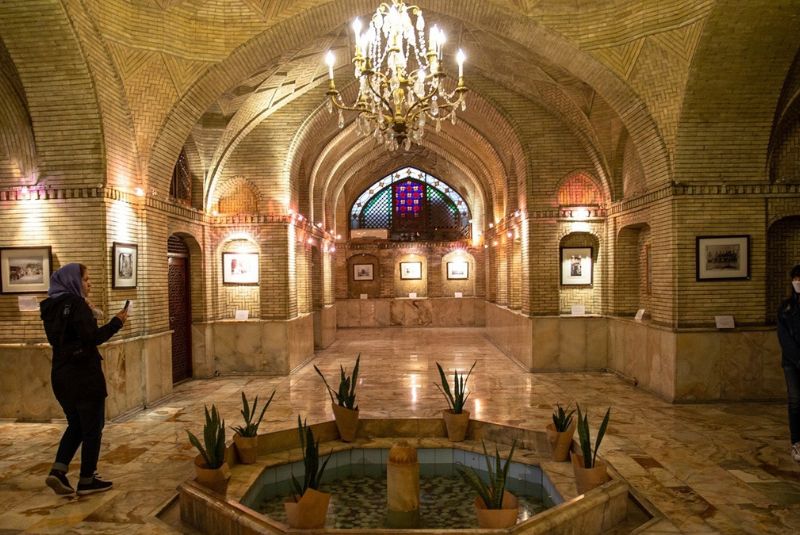
Established by Nasser al-Din Shah, this archive houses an early photographic collection primarily focused on the advancements of 19th-century European photography.
Golestan Palace Library
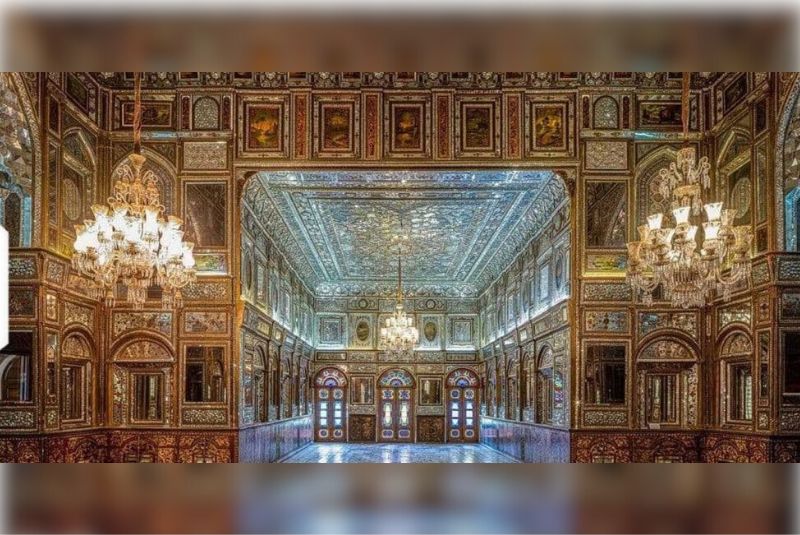
While not open to the public, the Golestan Palace boasts a vast library known as the Shahi Library. Established by Fath Ali Shah, it houses a remarkable collection of over 7,000 volumes, encompassing both printed and handwritten works.
This treasure trove includes rare and valuable items like:
- Divan-e Shams
- Baysunghur Shahnameh
- the One Thousand and One Night Stories
- Muraqqa-e-Golshan
Due to the rarity and fragility of many items, strict access restrictions are in place, allowing only researchers, historians, and those with specific permits to enter the library.
| Discover: Hasht Behesht Palace
Golestan Palace Location and Access
The Golestan Palace is located in Tehran, Iran, at the following address:
Address: Tehran District 12, Panzdah-e-Khordad St, Fifth Khordad Avenue, Arg Sqr
Easy Access via Metro:
The Tehran transportation system makes the palace easily accessible from various points within the city. Here's how to get there using the metro:
- Take Metro Line-1 to Panzdah-e Khordad Metro Station (15th Khordad).
- Exit the station onto the cobblestone street.
- Follow this cobblestone street directly to the front of the palace.
Opening Hours:
- Spring (best time to visit): 9:00 AM - 5:30 PM
- Summer: 9:00 AM - 5:30 PM
- Autumn: 9:00 AM - 4:30 PM
- Winter: 9:00 AM - 4:30 PM
- Closed: National holidays and religious mourning days.
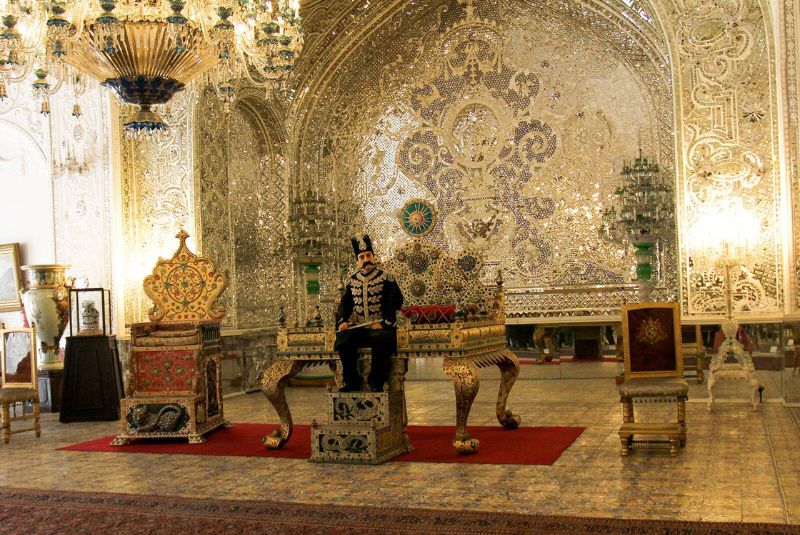
Duration: Allocate at least 2 hours for your visit, however, this can vary as each of the Golestan Palace museums has separate entrance fees (around €1 each except for the Main Hall at €2). All eight museums are located close together. You can also provide Golestan Palace map for better experience.
Golestan Palace Entrance fee: Approximately €2.
Museum tickets: Purchased at the entrance, choose the specific buildings you want to visit beforehand. Electronic tickets are charged at the entrance, so plan your visit in advance.
Guided Tours: Many guided tours are available, some offering additional amenities.
Food: The Golestan Café-Restaurant, located in the basement of Almas Hall (southern side of the garden), is open daily from 9:00 AM to 6:00 PM.
| Read more: Pasargadae | Legacy of Cyrus the Great & Ancient City
Golestan palace Nearby Attractions
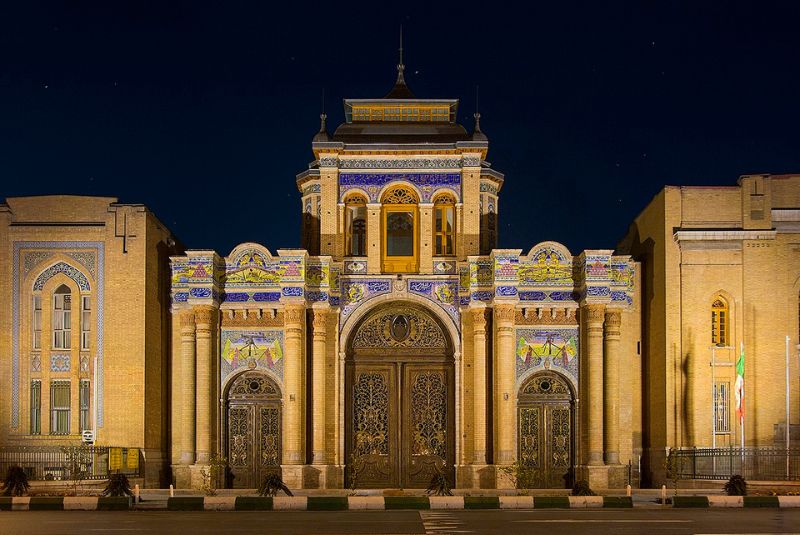
In addition to the Golestan Palace in Tehran, here are some interesting attractions you can visit nearby:
- National Museum of Iran: Established in 1928, this museum houses a vast collection of Iranian artifacts encompassing over 300,000 objects, spanning from prehistoric times to the 20th century. It's a treasure trove for anyone interested in Iranian history and culture.
- Tehran Grand Bazaar: Immerse yourself in the bustling atmosphere of one of the largest and oldest bazaars in the Middle East. Explore its labyrinthine alleyways lined with shops selling carpets, spices, jewelry, handicrafts, and more.
- Masjid-e Shah (Imam Khomeini Mosque): This beautiful 17th-century mosque is a stunning example of Safavid era architecture. Admire its intricate tilework, calligraphy, and towering dome.
- Azadi Tower: This iconic tower was built in 1971 to commemorate the 2,500th anniversary of the founding of the Persian Empire. Take an elevator to the top for panoramic views of the city.
- Darband: Escape the city and explore this mountainous region. Enjoy hiking, picnicking, or visiting the Darband castle, which offers breathtaking views.
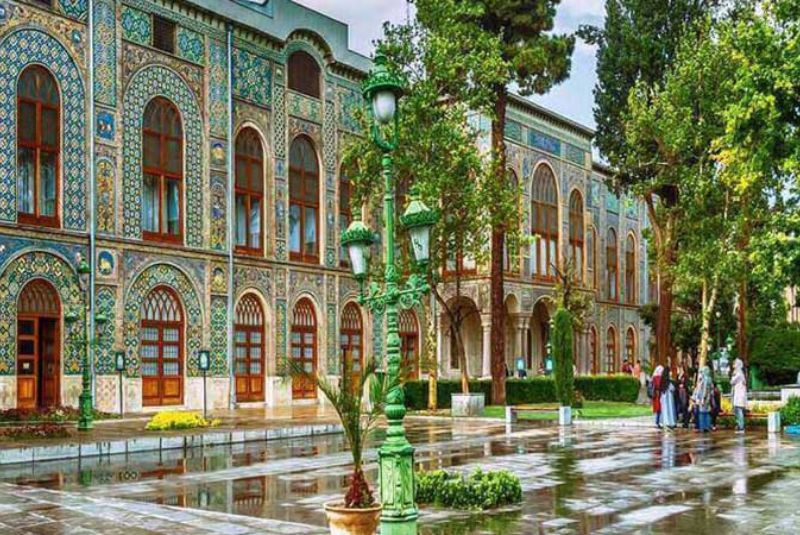
Final Takeaway
Hesitate no more! Step into the heart of Iranian history and artistry at the Golestan Palace. Explore magnificent halls, museums brimming with treasures, and serene gardens whispering tales of centuries past. Beyond architectural marvels, discover the palace's soul in its tranquil courtyard, a haven for reflection amidst the bustling city.
Share your story!
Comment below and let us know about your Experience.
Your story inspires others!


Comment
Leave a Comment